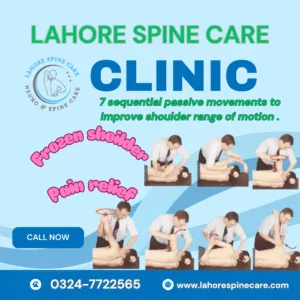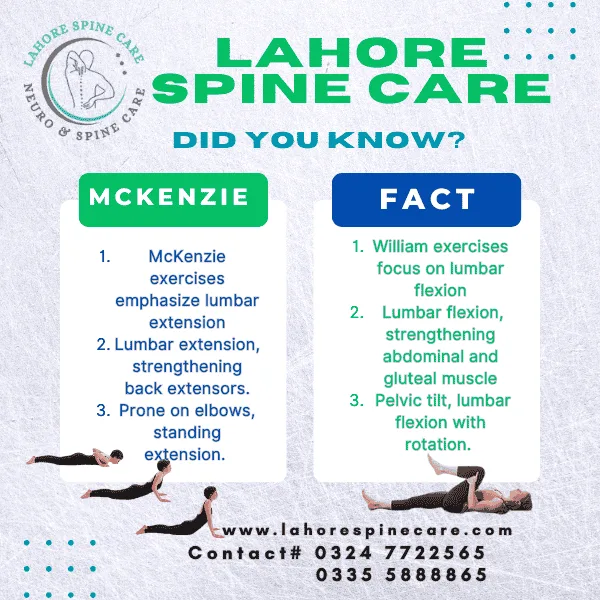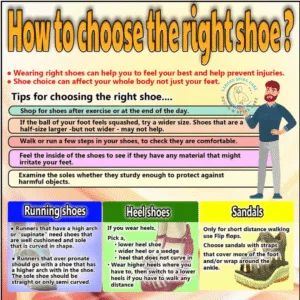
The Spencer Technique for Shoulder Pain Relief: How It Works and What to Expect
The Spencer Technique is one of many options of treatments that physical therapists and osteopathic
McKenzie and William flexion exercises represent two different approaches for back pain management because McKenzie exercises concentrate on lumbar extension while William exercises work through lumbar flexion. These methods use alternative muscle strengthening approaches which work to enhance spinal alignment but differ in their actions

Most people experience low back pain during their existence. The daily activities of your life will likely experience adverse effects because of the combination of excessive sitting and heavy lifting and poor posture habits. The management of low back pain can be achieved through suitable methods that lead to pain reduction. Physical therapist exercises which help patients with recovery include McKenzie exercises and William flexion exercises. This blog details the fundamental components of these exercise and their operational principles followed by how they create positive results for patients.
Table of Contents
ToggleBelow are fundamental principles that we need to grasp before starting with the exercise program. Your low back pain develops from the following reasons:
The physical therapist Robin McKenzie invented tension techniques that bear his name known as McKenzie exercises. The medical community utilizes this exercise for treatment of sciatica and herniated disc pain. The central objective runs through the spine extension (backward flexion) to lower stress on spinal discs and nerves.
The main difference between William flexion exercises and McKenzie lies in focusing spinal bending in the opposite direction. Spinal stenosis and arthritis patients gain advantages from forward bending due to William Flexion Exercises because they alleviate their symptoms.
McKenzie along with William flexion exercises effectively help people manage their low back pain condition. These exercises stay straightforward while needing no particular tools or special location since most people can do them from their residence. Your back health will improve and you will gain relief through proper guidance as well as regular practice.

The Spencer Technique is one of many options of treatments that physical therapists and osteopathic

How to choose the right shoe for spine health is more important for spine health

World Physiotherapy Day 2025 is celebrated every year on September 8 in the global physiotherapy

Clinical Impact & Professional Excellence Being in the field of practice with many years of

On the 14th of August each year, Pakistan proudly celebrates its Independence Day, an event

Who is Dr Ejaz Danish? Dr. Ejaz Danish is a physiotherapist based in Lahore and
LAHORE SPINE CARE is proudly powered by WordPress